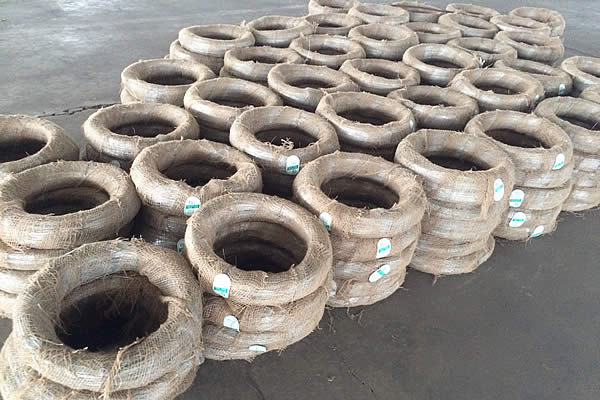 TEL:
+86-13102802206
TEL:
+86-13102802206
 Email:
fencenetting@china.com
Email:
fencenetting@china.com
 Language
Language
 TEL:
+86-13102802206
TEL:
+86-13102802206
 Email:
fencenetting@china.com
Email:
fencenetting@china.com
 Language
Language


Understanding the Cost of a Barbed Wire Fence
When it comes to fencing options, barbed wire has long been a popular choice for farms, ranches, and even some residential properties. Its sharp tensioned wires and rugged appearance serve the dual purpose of keeping livestock in and potential intruders out. However, before making an investment in a barbed wire fence, it’s crucial to understand the various costs involved, which can influence the total expense of your fencing project.
Initial Material Costs
The first factor to consider is the cost of the materials. Barbed wire itself is typically priced per roll, with standard sizes commonly ranging from 1 to 1.5 miles. On average, a roll of barbed wire can cost anywhere from $100 to $200, depending on the type and brand. Additionally, you’ll need to factor in the costs of fence posts, which can be made from wood, metal, or vinyl. The choice of material will significantly impact the overall cost, as wooden posts might range from $3 to $15 each, while metal posts can cost upwards of $10 to $30 each.
In conjunction with the posts, you also need to purchase the necessary hardware such as staples, barbed wire clips, and insulators. These items can accumulate quickly, adding an additional $100 to $500 to the overall material costs. Thus, the initial material costs can range from a few hundred to several thousand dollars, depending on the size of the area you are planning to fence in.
Labor Costs

While some property owners may choose to install a barbed wire fence themselves to save money, hiring professional labor is often recommended for larger projects or those lacking experience. Labor costs can vary widely based on geographic location, complexity of the fence line, and local wage rates. On average, you can expect to pay between $1 and $3 per linear foot for professional installation. For example, if you need to fence in 1,000 feet, the labor cost alone could range from $1,000 to $3,000.
Maintenance Costs
Once the barbed wire fence is installed, it’s essential to consider ongoing maintenance costs. Barbed wire is not as durable as other fencing options; over time, the wire can rust or become damaged due to weather conditions or animal activity. Regular inspections are necessary to ensure its integrity. Maintenance costs may include periodic repairs, painting or rust-proofing, and replacing damaged sections. Setting aside a budget for these expenses ensures you are not caught off guard by unexpected costs.
Long-Term Investment
Despite the initial costs, many property owners view a barbed wire fence as a long-term investment. Its sturdy design and low cost make it a practical choice for managing livestock and securing property. In economically challenged environments, it functions effectively without the high price tag of a more aesthetically appealing fence like wrought iron or wooden fencing.
In conclusion, understanding the cost associated with a barbed wire fence involves considering materials, labor, and ongoing maintenance. While the initial outlay may seem significant, the value it provides in terms of security and livestock management often outweighs the expenses. As with any project, conducting thorough research and careful planning will help ensure that your investment aligns with your needs and financial capabilities. By weighing these factors, one can make an informed decision about whether a barbed wire fence is the right choice for their property.